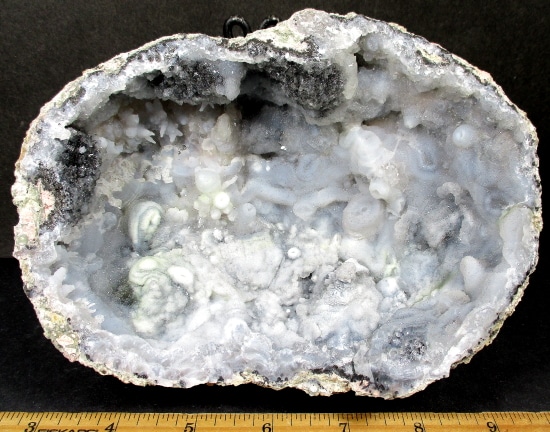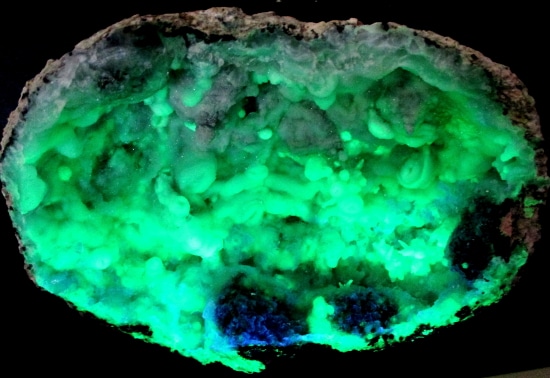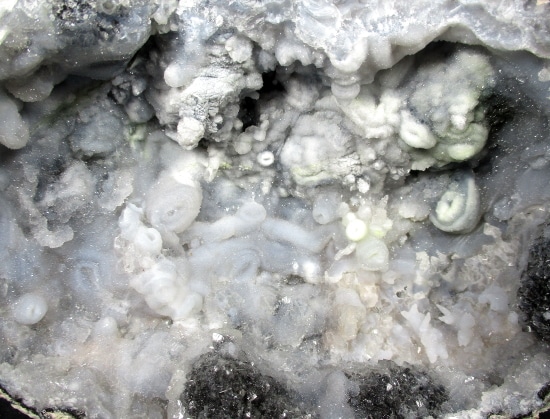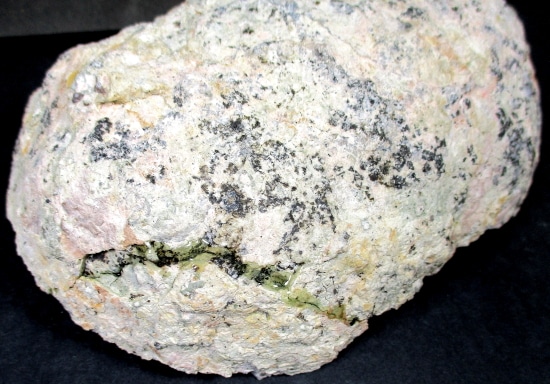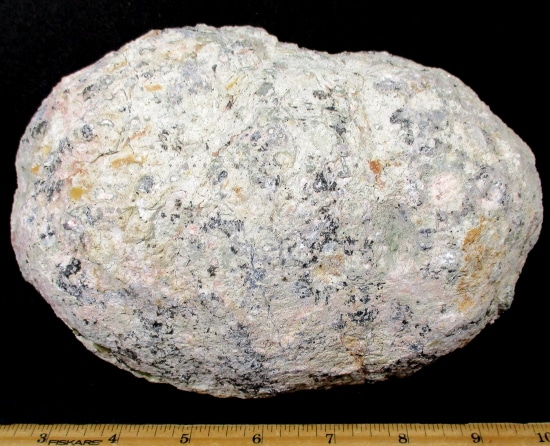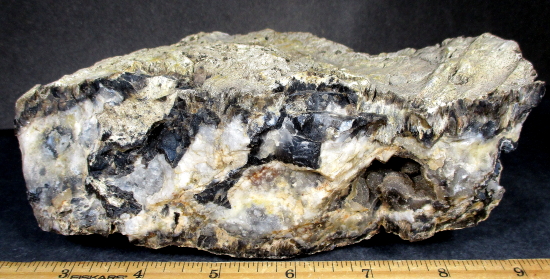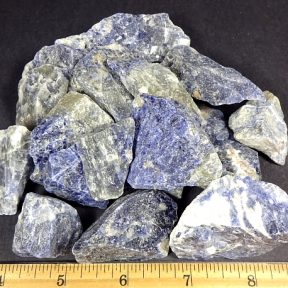Description
Geodes are geological rock formations which occur in sedimentary and certain volcanic rocks. They are essentially rock cavities or vugs with internal Crystal formations or concentric banding. The exterior is generally Limestone while the interior contains Quartz Crystals and/or Chalcedony deposits. If the Geode is completely filled with Crystal, being solid all the way through, it is then called a nodule.
